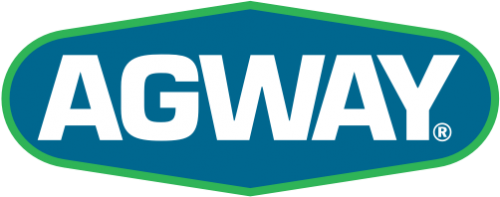{article.name} Monthly Blog Articles
WE DELIVER
Peterborough, NH: 603-924-6801 Brattleboro, VT: 802-254-8755 Walpole, NH: 603-756-9400 Hillsboro, NH: 603-464-3755 Milford, NH: 603-673-1669 Keene, NH: 603-357-5720Onions 101

- Share this:
- Share on Facebook
- Pin on Pinterest
- Tweet on Twitter
Article provided by Netherland Bulb Company:
OUR MOST FREQUENTLY ASKED QUESTIONS REGARDING ONIONS
What is the difference between Onion Sets and Onion Seedlings?
Onions have been grown as a food source since the Egyptians planted them alongside the Nile. As one of the easiest vegetables to grow, confusion hovers more so around the type of onion best for home growing. Most garden centers order onions in different forms: seed, onions sets, or seedlings. The Netherland Bulb Company provides onion varieties in onions sets to help eliminate guesswork, and present one of the easiest methods to produce onions. Onion sets facilitate the growing process as they are small, dormant bulbs grown from seed the previous season. Onion sets are perfect for the home gardener as they guarantee onions for immediate consumption and storage with a few weeks from planting. As a member of the allium family, they also provide a natural pest repellant to animals inclined to forage in the home garden.
What is the difference between Short Day and Long Day Onions?
Onions are often defined by the hours of daylight required for the plant to grow bulbs; these are known as short day, intermediate day, and long day onions respectively. Netherland Bulb Company uses both short day (in fall) and long day (in spring) onions to fill the sets. Short day begin to develop bulbs when the day length increases to a length of 10 to 12 hours. These onions are best grown in the American South, and are generally sweeter in taste. Their high sugar and water content make them best used for cooking and immediate use, not storage. Long-day onions require 14 to 16 hours of sunlight to grow bulbs and are best planted in the American North. With a low sugar, and high Sulphur content, these onions are best for storage, or immediate use in the kitchen. Growing the wrong day length onion in the incorrect area will result in onions that don't grow to their full potential, so purchasing the proper day length is the first tip to success. Draw an imaginary line across the map of the country from San Francisco to the tip of South Carolina: gardeners north of the line should plant long day, while gardeners south of the line plant short day in winter for a spring / summer harvest.
How do you grow onions?
Onions prefer abundant sun and good drainage. Plant onions about an inch deep and 4 inches apart and make sure they are watered regularly. Onions carry shortroots and can look deceptively well in a drought, but onion sizes are smaller if they do not receive enough water. Raised beds and rows can be used as growing locations. Mulching helps to protect them from weeds competing for water.
When can I harvest onions?
Onions are ready to pick when the bulb has grown large and the green begins to brown and fall off. At this point, onions can be pulled; handle them carefully as the bruise easily, which will lead to rot while in storage. Onions need to be cured with the tops still attached, in a dry environment with air circulation - they can hang on a fence to cure if there is no rain in the forecast. As the onion cures, the roots will shrivel and the tops will cure which will seal the onion to protect from rot. After 7 -10 days clip the tops and roots with shears and store onions in a cool, dry environment, or cook up in a favorite dish.



Comments